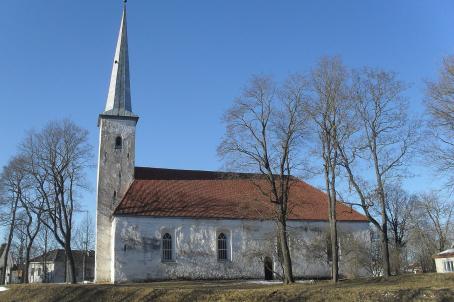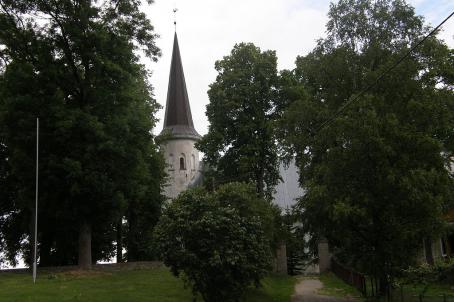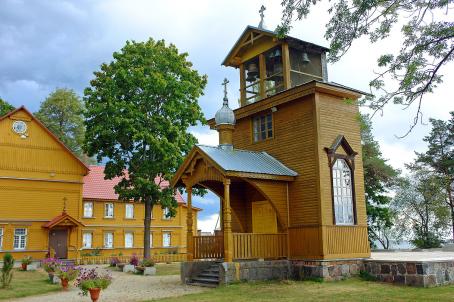Church of the Resurrection of the Christ
The Church of the Resurrection of the Christ of Narva is an Orthodox cathedral built between 1890 and 1898 by the architect Paul Alisch. It is the only neo-Byzantine sacred building in Estonia.
The Church of the Resurrection of the Christ of Narva is an Orthodox cathedral built between 1890 and 1898 by the architect Paul Alisch. It is the only neo-Byzantine sacred building in Estonia.

St. Michael's Church in Jõhvi is a fortress church first mentioned in connection with the Russian plundering expeditions in 1364. The church was built as a fortress church and surrounded by a moat. The church suffered several times from wars, at the beginning of the Livonian War in 1558 and during the Great Northern War in 1703. Subsequently, the church was given a baroque bell tower in 1728. The present neo-Gothic bell tower dates from 1875.

The church of Lüganuse, dedicated to John the Baptist, was built in the middle of the 14th century. The first mention of the church dates back to 1373. The altar room and the tower were built later. The church suffered during the Russian-Swedish war in 1656 but remained intact during the Great Northern War. In 1901 the church was completely repaired and renovated.

The house of prayer of the old believers in raja is a reconstruction from 1902 to 1910 of a building dating from 1879. The Old Believers (Orthodox branch) of Raja did not receive permission to build their own shrine until 1879. The building burnt down during the Second World War on 30 August 1944, and unfortunately, all that remains is the bell tower, which was restored in 1990. There is now a museum in the church.